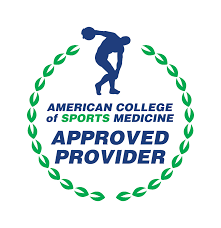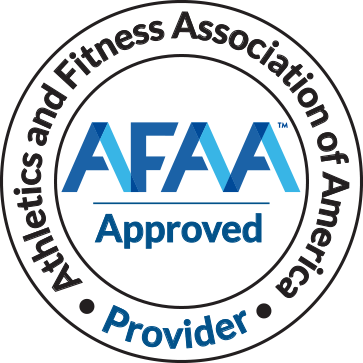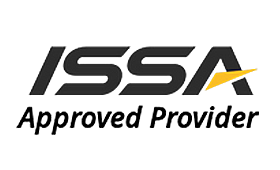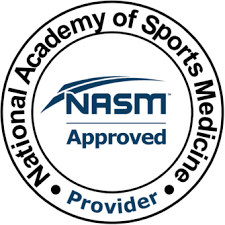As certified personal trainers, we play an integral role that goes beyond merely helping our clients achieve their fitness goals; we are the pillars ensuring their overall health and wellness. One of the critical yet often overlooked components in this process is the indispensable necessity of conducting postural assessments. By adhering to guidelines from esteemed sources like the American Council on Exercise (ACE) and the American College of Sports Medicine (ACSM), we can understand why it's crucial to check for postural and planar imbalances before progressing to more complex movements.
Postural assessments form an integral part of the initial client evaluation. They provide an insightful snapshot of a person's alignment, balance, and potential muscular imbalances. This information is not just useful — it's vital. It informs the development of a personalized and effective training program that caters to the unique needs of every individual before they ever start moving.
Assess Posture Before Assessing Movement
ACSM emphasizes that postural imbalances can lead to a variety of health issues. These include chronic pain, decreased flexibility, and increased risk of injury. A thorough postural assessment can help detect these imbalances early, allowing trainers to design programs that correct these imbalances before they escalate into more severe problems.
But it's not just about preventing problems; it's also about optimizing performance. ACE underscores that correcting postural imbalances isn't just about improving aesthetics; it's about enhancing functional efficiency. When our bodies are aligned correctly, we move more efficiently. This reduces wear and tear on the joints and decreases the likelihood of injury, leading to better overall performance and results.
The Proactive Approach: How Postural Assessments Prevent Injury
When a client begins a new fitness program, they're often eager to jump right into challenging workouts. However, if postural and planar imbalances exist, these can be exacerbated by high-intensity or complicated movements, leading to strain, overuse injuries, or even acute injuries.
By identifying and correcting these imbalances at the outset, we can ensure that our clients are moving correctly and efficiently. This proactive approach not only reduces the risk of injury but also sets the client up for success as they progress in their fitness journey. It's a win-win situation: clients achieve better results, and trainers ensure their clients' safety and health.
The Essential Role of the Personal Trainer in Postural Assessments
As personal trainers, we are uniquely positioned to conduct these assessments and guide our clients towards healthier movement patterns. We can use tools and techniques endorsed by organizations like ACE and ACSM to identify imbalances and incorporate corrective exercises into our clients' training programs. We act as educators, guiding our clients towards an understanding of their bodies, and as facilitators, helping them make the necessary adjustments to improve their posture and alignment.
Postural assessments are a vital tool in the arsenal of every personal trainer. They allow us to address and correct postural and planar imbalances before they become ingrained habits, leading to better performance, fewer injuries, and overall improved health and wellness for our clients.
As trainers, it is our responsibility to prioritize these assessments to provide the best care possible for our clients. It's not just about achieving short-term goals; it's about ensuring long-term health and wellness. And there's no better way to do that than by starting with a comprehensive postural assessment.
Remember, always refer to your certifying organization’s guidelines when conducting postural assessments and designing corrective exercise programs. These organizations provide evidence-based practices to ensure the safety and effectiveness of your training methods. They serve as invaluable resources for continuing education and professional development, helping us stay updated on the latest research and best practices in the field of fitness.
If you would like a thorough breakdown on postural assessments, you can find that here.







